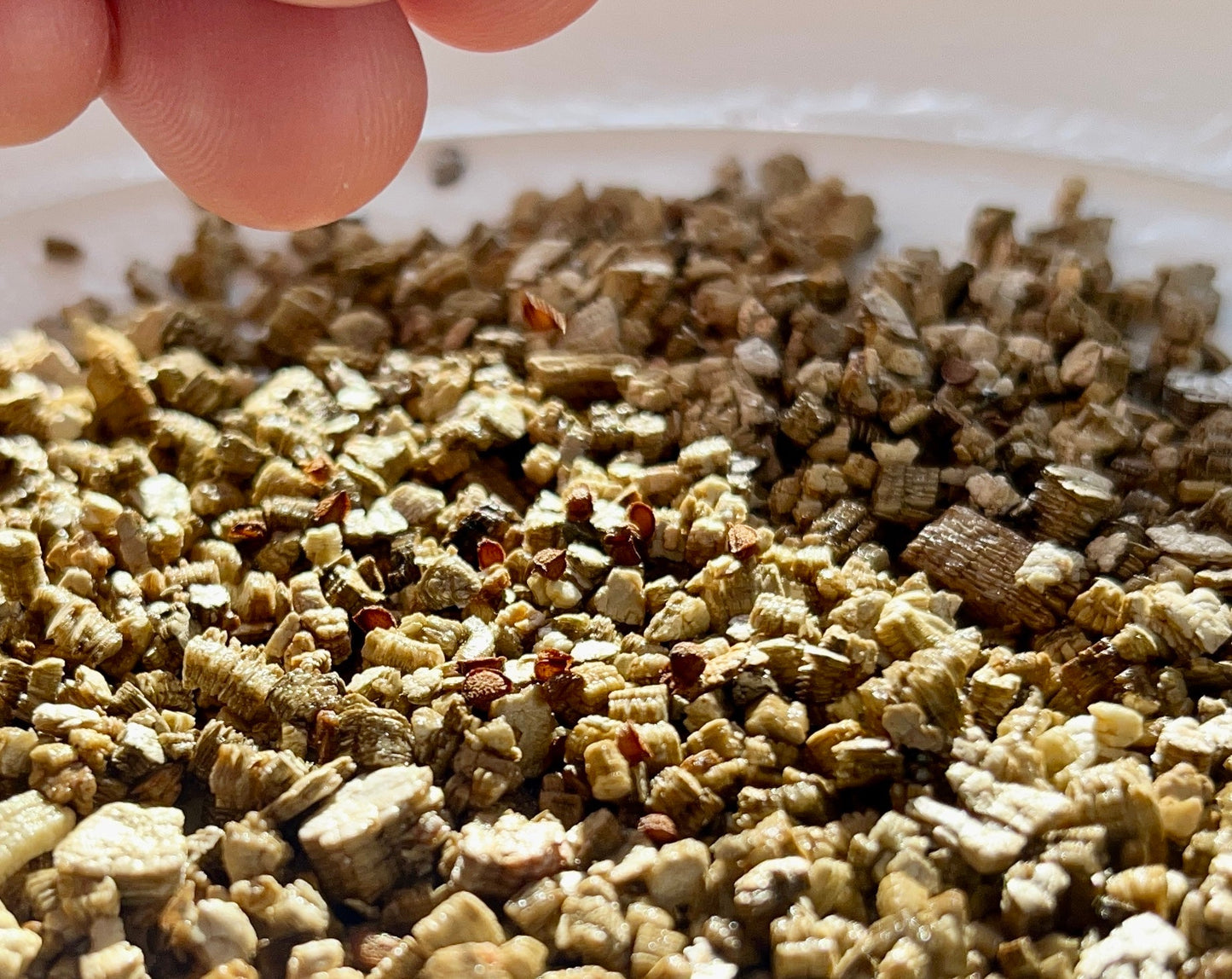
January 20, 2022
Many native and wild plants, such as anise hyssop or common milkweed, need a period of cold stratification to germinate in spring.
In nature, some plants have developed brilliant mechanisms to protect themselves and avoid germinating in the fall before the onset of winter or too early in the spring. These self-seeding plants will remain dormant until the right conditions for germination are present.
As you can imagine, the easiest way to stratify seeds is to plant them in the fall and let nature do the work.
However, since we often plan our crops and order seeds during the winter for spring planting, we need to control this stratification process through a few simple steps to simulate the natural process that wild and native plant seeds undergo in our climates during winter.
The method
Essentially, cold stratification allows seeds to be exposed to three conditions that help break their dormancy: a cooler temperature, a period of exposure to this temperature, and moisture.
You can achieve this by simply mixing your seeds with a moist substrate, placing them in a sealed bag or container, and storing the mixture in the fridge for the prescribed length of time before retrieving them for sowing.
Each plant will require a different stratification time which will influence when to start the process based on when you plan to use the seeds for indoor sowing or direct sowing in the garden.
For our seeds, this information is provided inside the seed packets, and more detailed cultivation notes are available on each plant's page on our website.
To proceed, you will need:
- A substrate that can retain moisture. Ideally, use sand or vermiculite, but a potting mix is also possible if it's “clean”. You want to avoid mold development during stratification. At Akène, we use vermiculite.
- Water, ideally filtered or simply left on the counter for a few hours to let the chlorine evaporate.
- A sealed container or bag.
- A pen or marker to label your seeds.

The amount of substrate doesn't matter too much; the goal is to keep everything moist and to keep the seeds separated from each other. We typically aim for a ratio of one part seeds to three to five parts substrate.
- Spread your substrate in a bowl or plate, then gradually add small amounts of water until it's well moistened, but not soggy. Too much water could lead to mold development during stratification.
- Sprinkle the seeds on the surface and mix well.
- Place the mixture in the sealed container or bag and store it in the fridge for the prescribed period. Avoid starting stratification too early; seeds that remain in stratification for too long could start germinating in the fridge before the right time to start them!

If you have multiple seeds to stratify, don't forget to label them and note the start and end dates of stratification to keep track.
Check periodically to make sure no mold is growing or that the mixture doesn't dry out. If the mixture becomes too dry, you can spray it lightly.
Once stratified, the seeds can be sown in the garden or started in pots indoors. Once again, refer to the cultivation notes for each plant for more detailed information.
That’s it!

